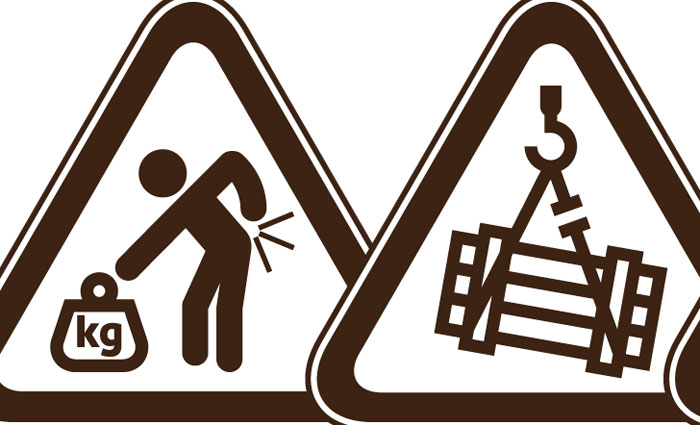
In those days, they were generally on the first floor. They had these huge old Heidelbergs, which were very heavy flatbed presses. They had to be heavy to steady the movement so they didn’t flop around on the floor. The trouble was that the floors were always covered in a tar-like substance – sort of a bitumen base – to soften the movement for people to walk on. So when you tried to move machinery you’d have to move it on rollers and pipes. It was a hernia-making job to move that stuff!
Then you’d have to make sure you had cranes and stuff like that in place, to get them out through the doors and down onto the trucks to be moved to the new location. I remember that I was moving a Ludlow out of a place right down at the Quay, and they had a sort of bay window with doors on it. I thought, I’ll get that Ludlow out that door. The crane was out the back and it was all set up and I got it to the door, got it to the edge and helped it onto the crane. It just squeezed through and I had to give it a bit of a push. As it went, I almost I went with it. I was hanging at an angle with my feet hooked on a ledge, on the doorstep, hanging on to the machine. It was only thanks to the quick thinking of the crane driver who moved everything back and someone from behind grabbed me and dragged me back in that I didn’t that I didn’t end up falling down from the first floor.
We moved the company over to North Sydney and the transport company had all these new trucks. They were an Austin Forward Control Truck and down at the driver’s feet it had little windows. It had clear plexiglass windows.
They put one of those into the dock. It only had a low roof, this dock. It wasn’t very high at all. They started to roll the Ludlow off the truck and it went through the floor of the truck. They couldn’t move anything. It was all stuck down till the next day. I never saw what happened to it because I had other things to do after that. How they got the crane in and how they got it off, I don’t know. I imagine they would have had to jack it up and level the floor and put some rollers on the combing and roll it out that way.
Print’s Past excepts are drawn from interviews held by Benjamin Thorn, curator of the Armidale Museum of Printing, and are due to be published in a forthcoming book.
Comment below to have your say on this story.
If you have a news story or tip-off, get in touch at editorial@sprinter.com.au.
Sign up to the Sprinter newsletter
